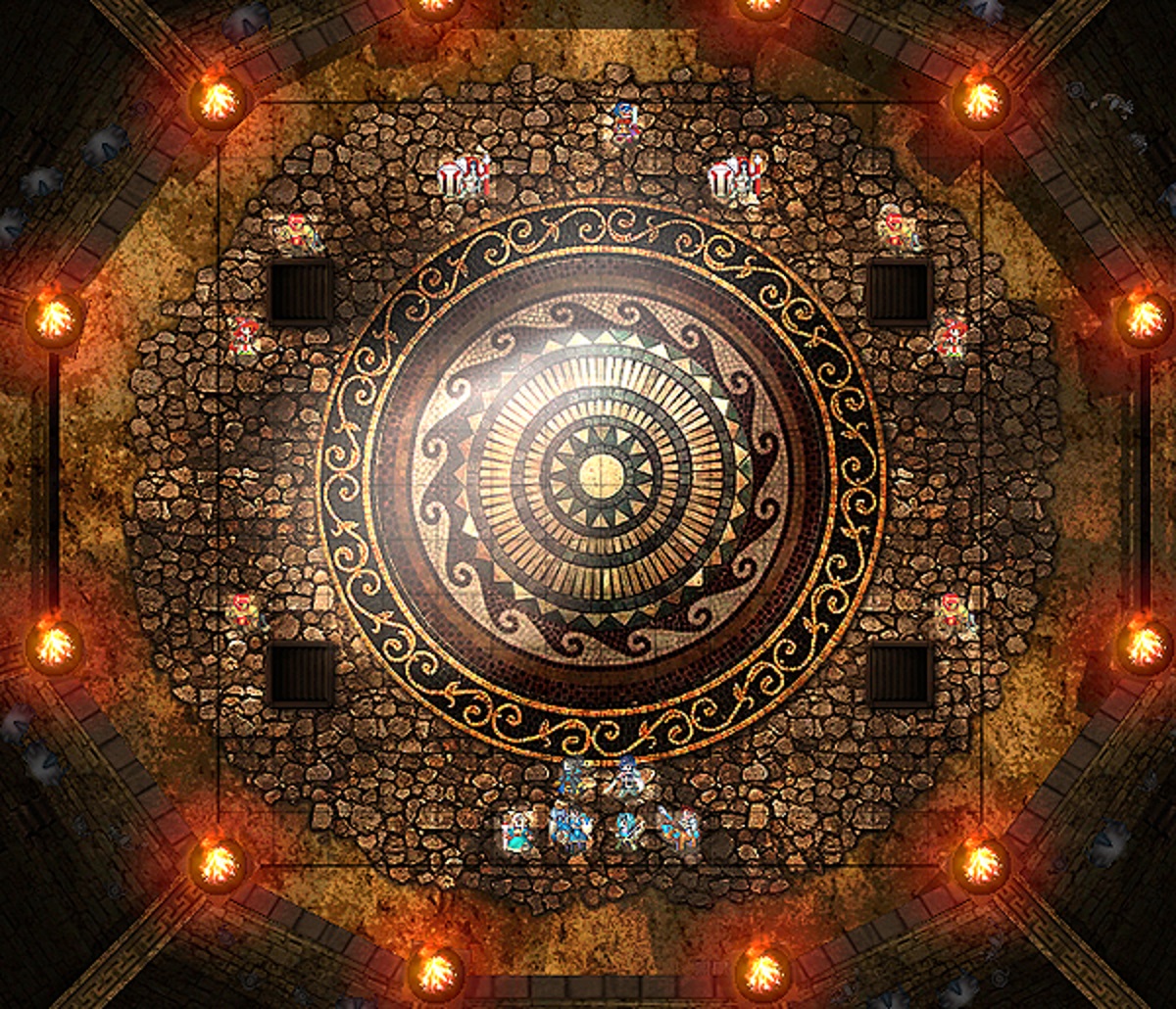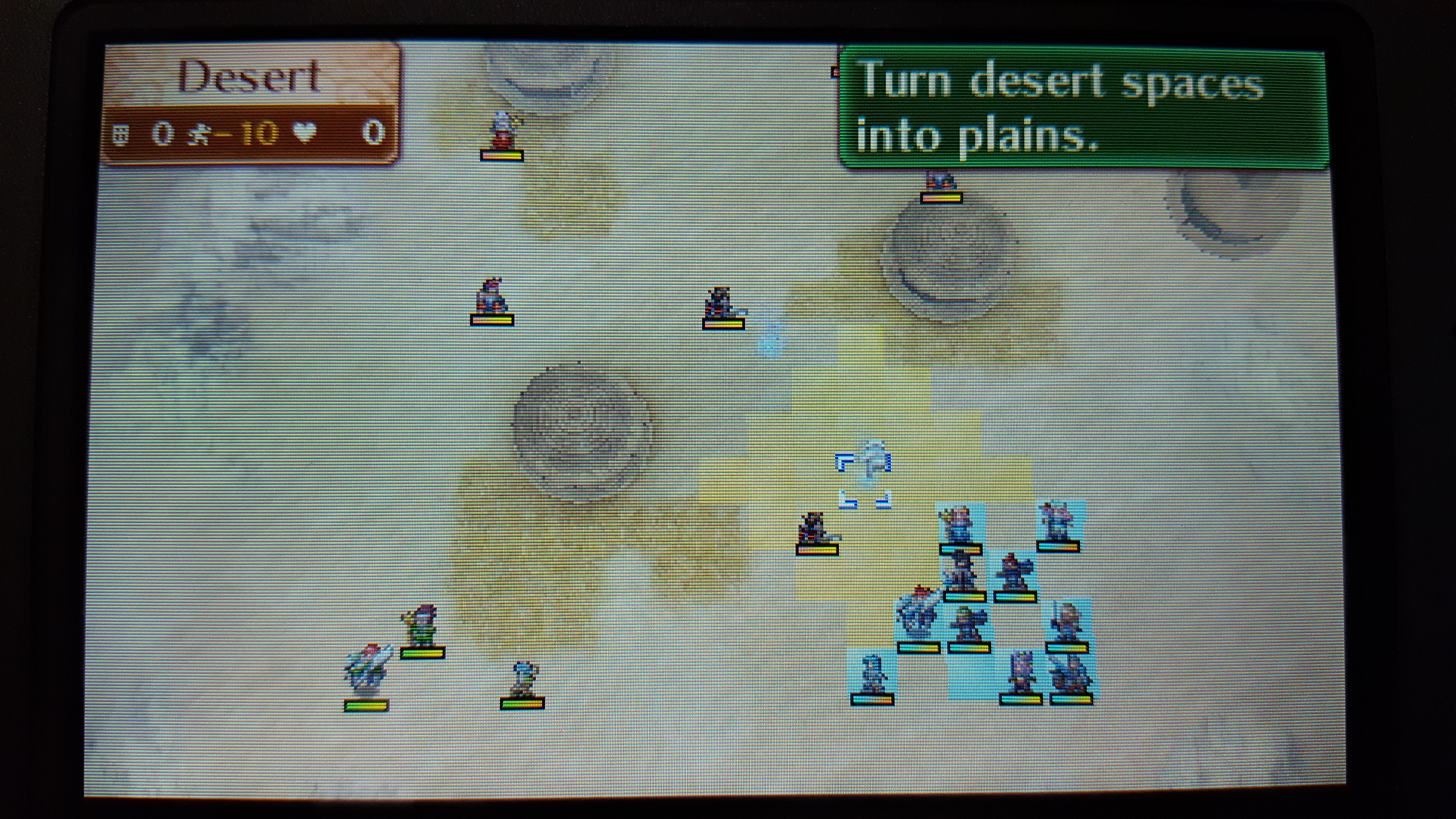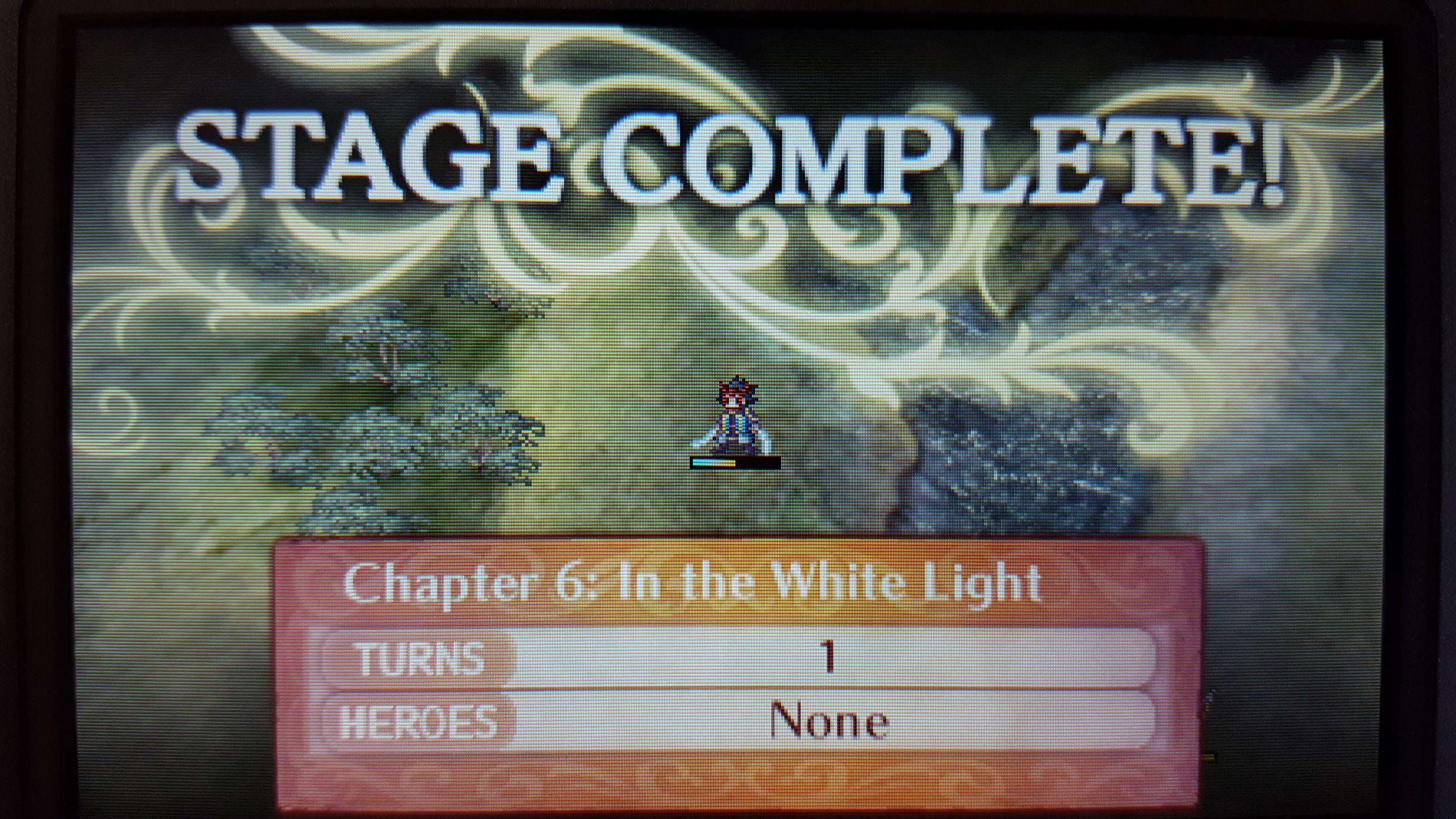Blazing Battlefields- What Makes a Tactics Map Good?
Article by: Hanabarger
Since its debut in 1990, Fire Emblem has been at the top of many people's favorite tactical RPG lists for nearly 27 years. Though its popularity was delayed in the West, not receiving a proper overseas release until 2003, recent releases have cemented it as a permanent member of Nintendo's roster. Suffice it to say, Fire Emblem and its colorful cast of characters aren't going anywhere. But it's not just the characters and story that make the series what it is, it's that, combined with the excellent battlefields upon which wars are fought. That being said, there are a fair number of stinkers, particularly with recent installments in the series. Today we will be looking at some maps from the Fire Emblem series and examining what makes them (and by extension, other tactical RPG maps) good.
Break It Up
One big change I've seen between the old style of FE maps and the new style is the lack of distinct segmentation between enemy encounters. What do I mean by this? I'm talking about the idea of being able to take a map and break it down into a series of
smaller encounters. Generally speaking, it's not a good idea to have a wide-open field where the enemy army is just standing in a big blob. For one, it makes it difficult to figure out how the battle is supposed to flow. Let's take a look at a map from FE:
Awakening, Chapter 4.

This map can be broken down into two encounters, but both are very indistinct and lack direction. The first encounter is against the two units closest to your starting point. Both units are likely too far away for you to get the first strike on the first turn, so you either have to inch toward them or let your units take the first hit. Neither option is super appealing, and inching forward doesn't really match the feel of what is supposed to be happening in this chapter: a formal duel between two teams. After that, it gets even worse. You have to figure out how you're going to advance against this wall of seven units at the other end of the field. Assuming they haven't moved yet, you're left in a similar position. Inch up, or take the first hit. All in all, it's a pretty lackluster map, and Awakening does this kind of thing a few more times throughout its story. Now, how about the opposite of this type of map? Let's look at Chapter 1-5 from FE: Radiant Dawn.

This map is broken down into several areas and encounters which are divided by both terrain and structures. From the cutscene beforehand, the player knows that the green ally team at the top of the map is defending the ruins and the red enemy team is approaching from the right. If you're playing on Easy, the goal is to defeat all enemies, whereas if you're playing on Normal/Hard, the goal is to defend for 6 turns. In either case, the enemy placement on the map allows the player to more easily break down how they can go about it: either reaching the allies to help them or dispatching all foes. The layout of structures and terrain help the player visualize this as well, rather than having to rely on checking every single enemy's movement range. Not only does this give the level an intended structure and flow, but the player will likely feel some sense of satisfaction in figuring out what that flow is and executing it.
Now, there is such thing as being too segmented. Several levels in FE: Birthright are a series of square rooms with the only ways in and out being a 1-tile doorway. This creates too many opportunities for the player or the enemies to sit in a doorway and tank hits or stop progressing. These situations tend to bring the battle to a grinding halt as you have to wade through a sea of dorks standing in doors. There aren't any plans or tactics happening in those situations. Speaking of executing a plan, this brings me to my next point.
Whats the Plan, Boss?
A huge part of tactic games is planning, and a map that offers several different lines of advancement is going to be a lot more interactive and fun than one that doesn't. Looking back at Chapter 1-5 from Radiant Dawn, if your plan is to rout the enemy,
you have three different lines you can execute. You can go up and around, moving clockwise around the outside of the map. You can head to the platform in the middle and take the high ground against the large group of foes around the boss, or you could
sneak through sand at the bottom of the map and flank them. You can do any combination of these with any team composition you want.
Now, they won't all necessarily work. I remember making the mistake of trying to take a unit with a movement of 4 through the sand, paired with a single unit that had a movement of 8. It didn't work out too well, but I was allowed to do it, and someone with greater knowledge of the game could've probably made better use of that route than I did. The important thing to keep in mind is that it wasn't a useless route. Useless options or choices with only one real answer are a pretty bad thing to have in a tactics map. You can see this kind of thing in FE: Birthright's seventh chapter.

In this chapter, you must battle on a map made up mostly of sand, which severely slows any non-mage, non-flying units. Fortunately, there are spots on the map you can activate to change sand tiles to plain tiles. These spots are called Dragon Veins and they show up all throughout the Fates games (Birthright, Conquest, and Revelation). Normally, using them is optional or highly advantageous. But here, it's mandatory. Not only that, but the only two characters you control from the start that can activate Dragon Veins are Corrin (you) and Sakura, a healer. The game forces you to either sacrifice Corrin's first turn to activate it, or sacrifice your healer's first turn, also putting her in danger. Neither option is very appealing, but that would just be a minor complaint if it weren't something that was essentially mandatory. Thankfully, the game doesn't do much of anything like this in the future.
Variety is the Spice of Strife
Now, a tactical RPG can get pretty long at times. Depending on whether or not you are allowed to grind and how many side missions are available, a full playthrough of a Fire Emblem game can be a lengthy one. Specifically, FE: Awakening hours takes around
90 hours for a ‘completionist’ playthrough. I find it very strange that the longest game has the least variety in objectives. Awakening is almost exclusively 'rout the enemy' and 'defeat commander' maps. The game makes up for this by having its side
missions play out in unique fashions, but the end goal is usually the same. The same can be said for Birthright, with some of its missions being so easy that they simply aren't satisfying.

Contrast this to FE: Conquest and Revelation, whose missions are varied when they need to be. This really helps with pacing, as players can get easily bored if they're going to have to rout the enemy over 50 times throughout the course of a single playthrough. One of my favorite chapters from Conquest is Chapter 10, where you are tasked with defending a point at the top of the map for 11 turns.

This may look pretty similar to the chapter from Radiant Dawn we looked at earlier. The twist now is that you have to defend and figure out how the enemy is going to advance on your position. They have several lines of advancement, but you have turrets and barriers to help hold your ground. Additionally, you can try to extend out and reach the houses placed around the map to get some bonus goodies. It's a nice change of pace, as it comes right after a few missions of routing. Variety is important in any game, but especially so in ones where the encounters are long and completion can take upwards of 60 hours.
To War!
In the end, it all comes down to those three simple things. Maps should have a clear flow, provide meaningful choices for the player, and be varied over the course of the game. Of course, there are other things to keep in mind, such as visuals,
but for playability's sake, these are the things developers should keep in mind. And hopefully for you, the player, knowing these elements of map design will make you a better tactician as you hone your analytical and planning skills.
